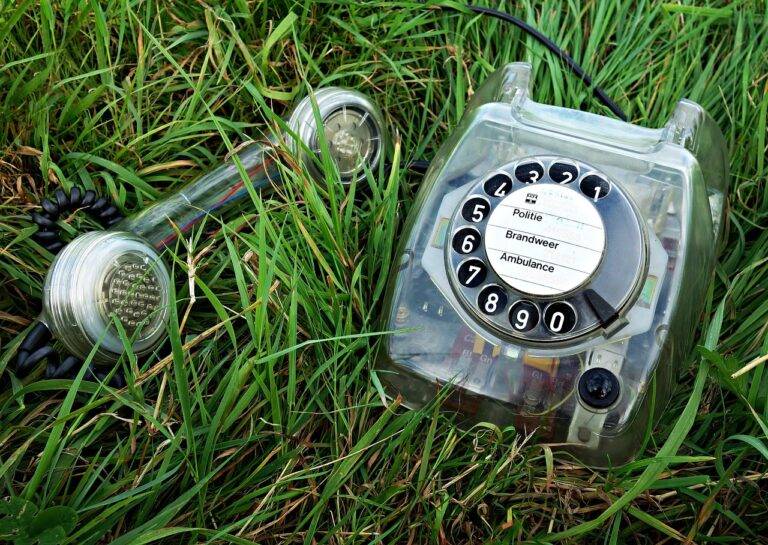The Role of Tech in Combating Illegal Wildlife Trade and Poaching
One significant tech innovation revolutionizing wildlife population monitoring is the use of camera traps. These remote cameras are strategically placed in natural habitats, capturing images and videos of wildlife without human interference. Researchers can then analyze this data to track population size, behavior patterns, and species diversity with high accuracy.
Another promising tech tool is the development of acoustic monitoring devices. These devices record sounds in the environment, such as animal calls and vocalizations, providing valuable insights into wildlife presence and activity. By analyzing these audio recordings, conservationists can gain a better understanding of species distribution, population trends, and even detect illegal activities like poaching in real-time.
• Camera traps are strategically placed in natural habitats to capture images and videos of wildlife
• Researchers analyze data from camera traps to track population size, behavior patterns, and species diversity
• Acoustic monitoring devices record sounds in the environment, such as animal calls and vocalizations
• Analysis of audio recordings helps conservationists understand species distribution, population trends, and detect illegal activities like poaching
Use of Drones for Surveillance in Protected Areas
Drones have revolutionized the way wildlife surveillance is conducted in protected areas. These small, unmanned aircraft equipped with cameras allow researchers and conservationists to monitor wildlife populations from a distance, reducing disturbance to the animals while still gathering valuable data on their movements and behaviors. By flying drones over vast and remote areas, conservation efforts can be more targeted and efficient, leading to better protection of vulnerable species.
The use of drones also enables real-time monitoring of illegal activities, such as poaching and deforestation, in protected areas. The ability to quickly deploy drones to areas of concern allows for rapid response and increased enforcement measures to protect wildlife and their habitats. Additionally, drones offer a cost-effective solution for surveillance in challenging terrains, providing invaluable support to conservation efforts worldwide.
Advancements in GPS Tracking for Wildlife Conservation
GPS tracking has revolutionized the way wildlife conservationists monitor and study animal populations in their natural habitats. By attaching GPS devices to animals, researchers can accurately track their movements and behavior in real-time, providing valuable insights into their range, migration patterns, and interactions with the environment. This technology has greatly enhanced our understanding of wildlife biology and ecology, leading to more effective conservation strategies and management efforts.
Furthermore, advancements in GPS tracking have allowed conservationists to gather data remotely and with minimal disturbance to the animals being studied. Researchers can now monitor a larger number of individuals across vast landscapes, enabling them to detect trends and threats to wildlife populations more efficiently. This non-invasive approach to data collection has proven to be essential in developing targeted conservation initiatives that address specific needs and challenges faced by different species in the wild.
What are some of the tech innovations being used to monitor wildlife populations?
Some tech innovations being used include GPS tracking devices, camera traps, acoustic sensors, and satellite imagery.
How are drones being used for surveillance in protected areas?
Drones are being used to conduct aerial surveys, monitor wildlife movements, and track poaching activities in remote areas.
What are some of the recent advancements in GPS tracking for wildlife conservation?
Recent advancements include smaller and more lightweight GPS tracking devices, longer battery life, and real-time data transmission capabilities.





